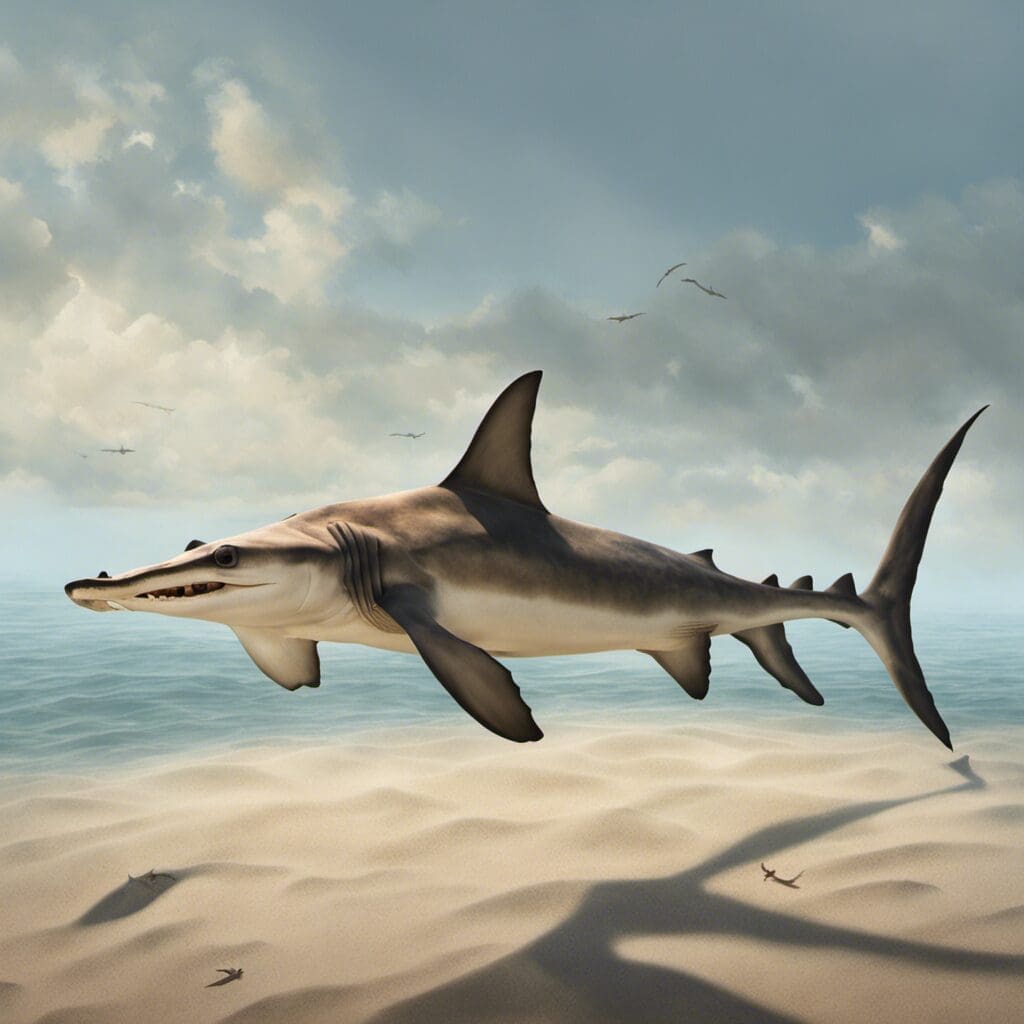Introduction
The Scalloped Hammerhead, also known as Sphyrna lewini, is a unique species of hammerhead sharks belonging to the family Sphyrnidae. They are named for the distinctive shape of their heads, which resembles a hammer.
Conservation Status
Currently, the Scalloped Hammerhead is classified as Endangered by the International Union for Conservation of Nature (IUCN). There are various conservation efforts underway to help protect this unusual shark, with measures including fishing restrictions, monitoring, and preservation of their habitats.
Statistics
| Length (Average) | Length (Range) | Weight (Average) | Weight (Range) | Average Lifespan |
|---|---|---|---|---|
| 1.5-2.5 meters | 0.9-4.2 meters | 65-135 kg | 20-230 kg | 25-35 years |
Distribution
Native to warm and temperate coastal waters around the globe, Scalloped Hammerheads are highly migratory by nature. They are found in regions such as the Pacific, Atlantic, and Indian Oceans, including countries like Japan, Australia, South Africa, and the United States. Their migration patterns are generally dictated by changes in water temperature and availability of prey.
Habitats
These sharks prefer warm, tropical waters and are often found in the upper layer of the ocean, at depths of 500 meters or less. They are particularly fond of continental shelves and island terrains, where there is an abundance of prey.
When and Where to See
Scalloped Hammerheads are typically most active at dawn and dusk. They are known for their large schools, especially during the summer months when water temperatures are warmer.
Best Fishing Locations
- Galapagos Islands, Ecuador
- Darwin Island, Galapagos
- Cocos Island, Costa Rica
- Wolf Island, Galapagos
- Beqa Lagoon, Fiji
- Bimini, Bahamas
- Layang Layang, Malaysia
- Rangiroa, French Polynesia
- Komodo Island, Indonesia
- Yap, Micronesia
How to Catch
Scalloped Hammerheads are generally caught using commercial fishing techniques, such as longlines and gillnets. Angling for this species is generally not recommended due to their endangered status and the challenge involved in catching these strong and large creatures.
Identification Guide
Scalloped Hammerheads are characterized by their distinctively shaped ‘hammer’ head, with notches or ‘scallops’ along the front edge. They have a grey-brown to olive-green body color with a white underbelly.
Culinary
While Scalloped Hammerhead is used in some regional cuisine, commercial fishing of this species for food is generally discouraged due to its endangered status.
Additional Information
The Scalloped Hammerhead is a top predator and typically feeds on a variety of prey such as fish, crabs, lobsters, and even other sharks. The greatest threats to this species are overfishing and loss of habitat due to human activity.
References and Further Reading
- National Geographic’s Hammerhead Sharks
- Florida Museum’s Scalloped Hammerhead
- Shark Trust’s Scalloped Hammerhead

